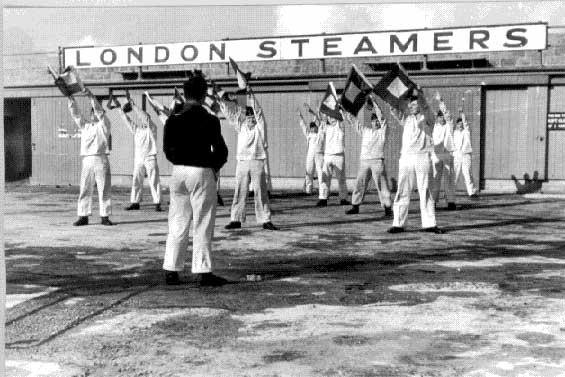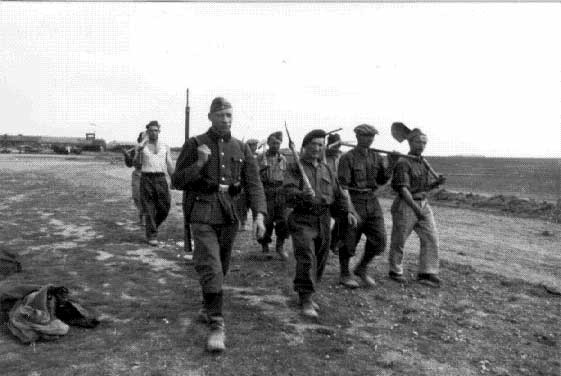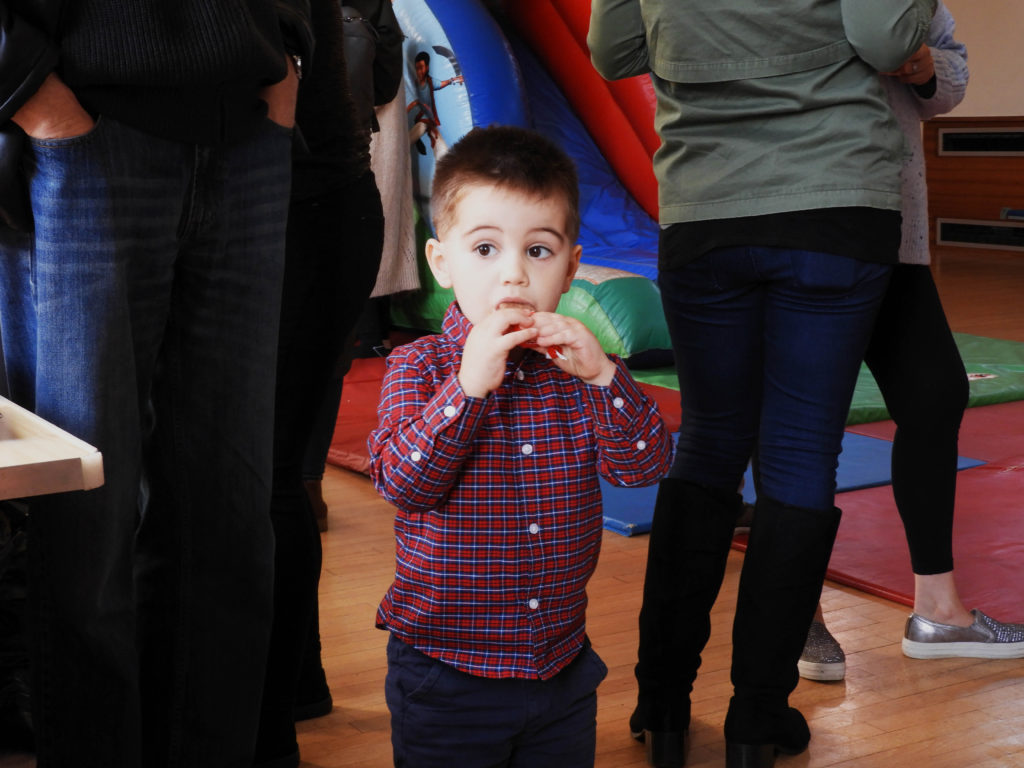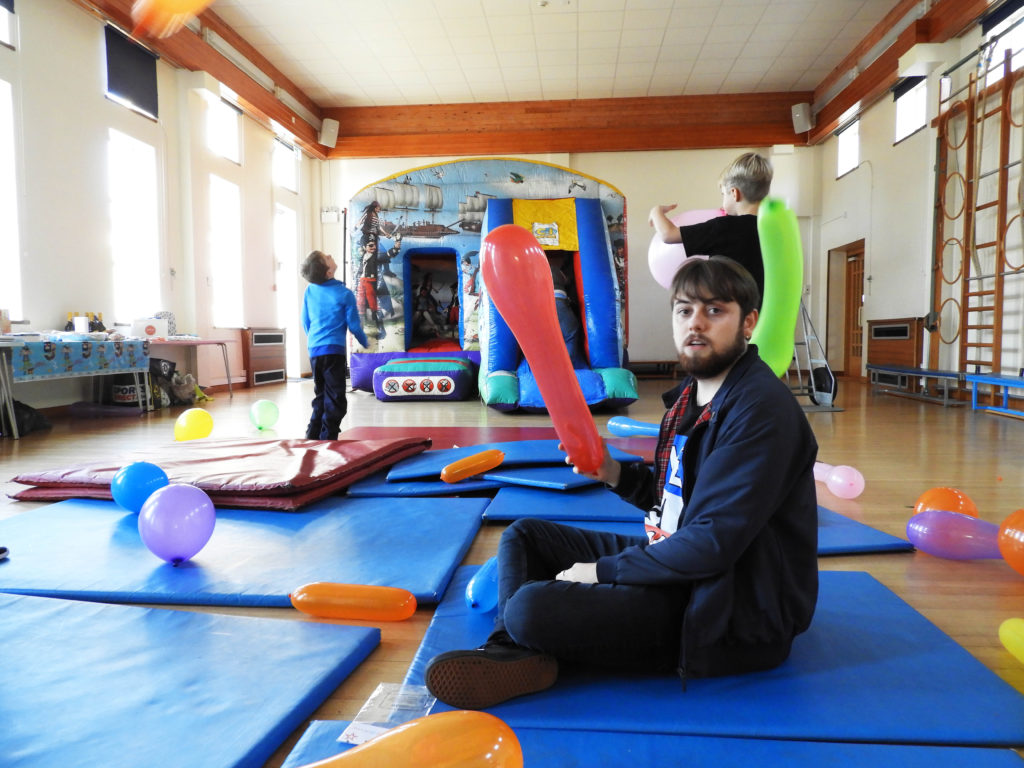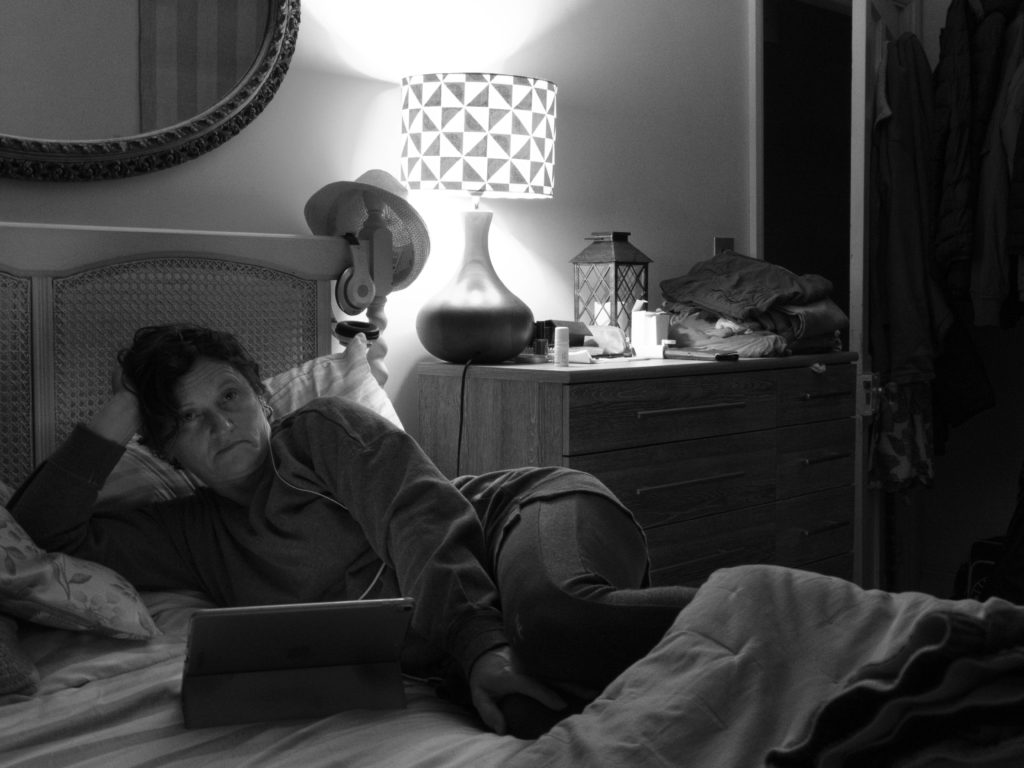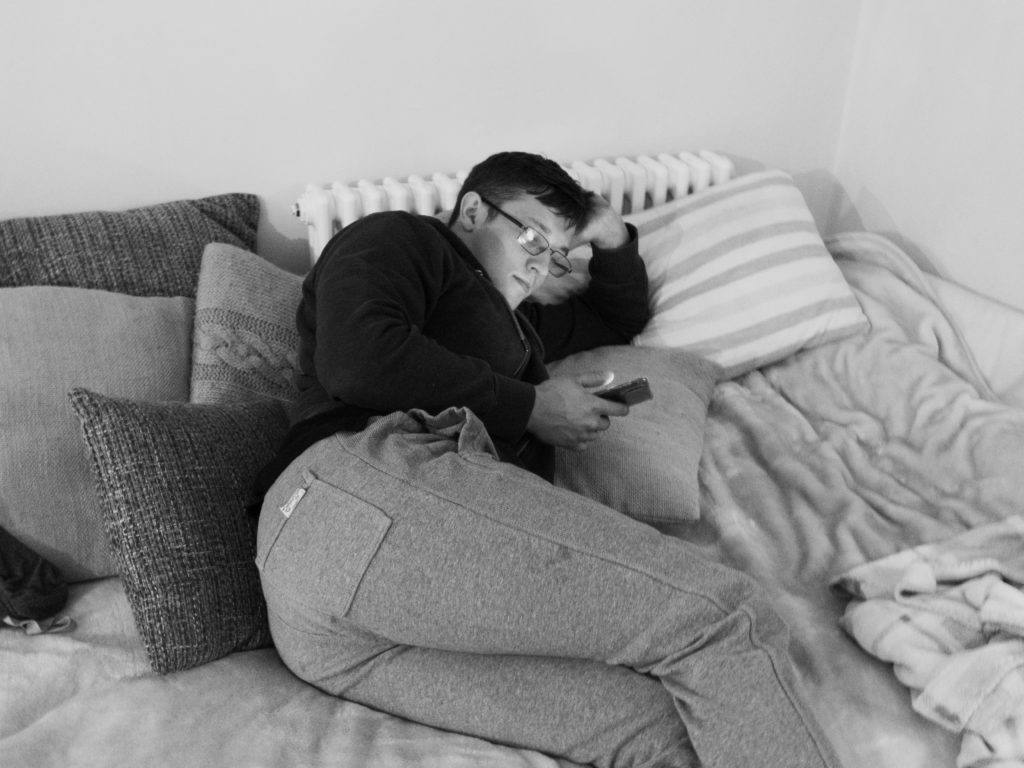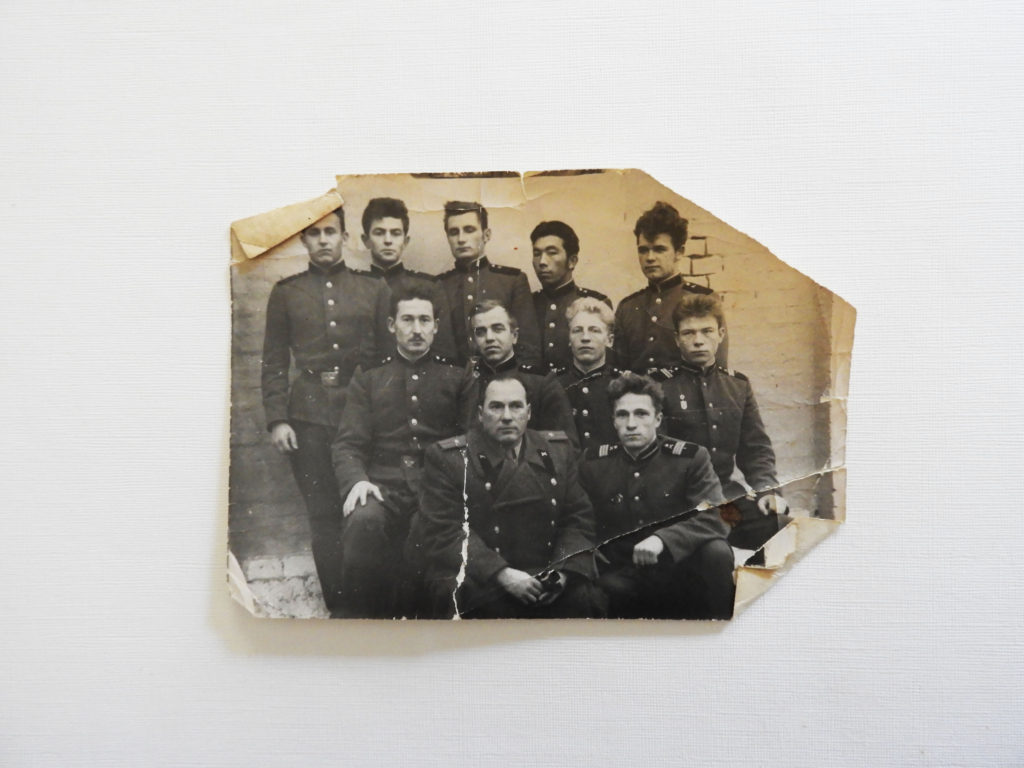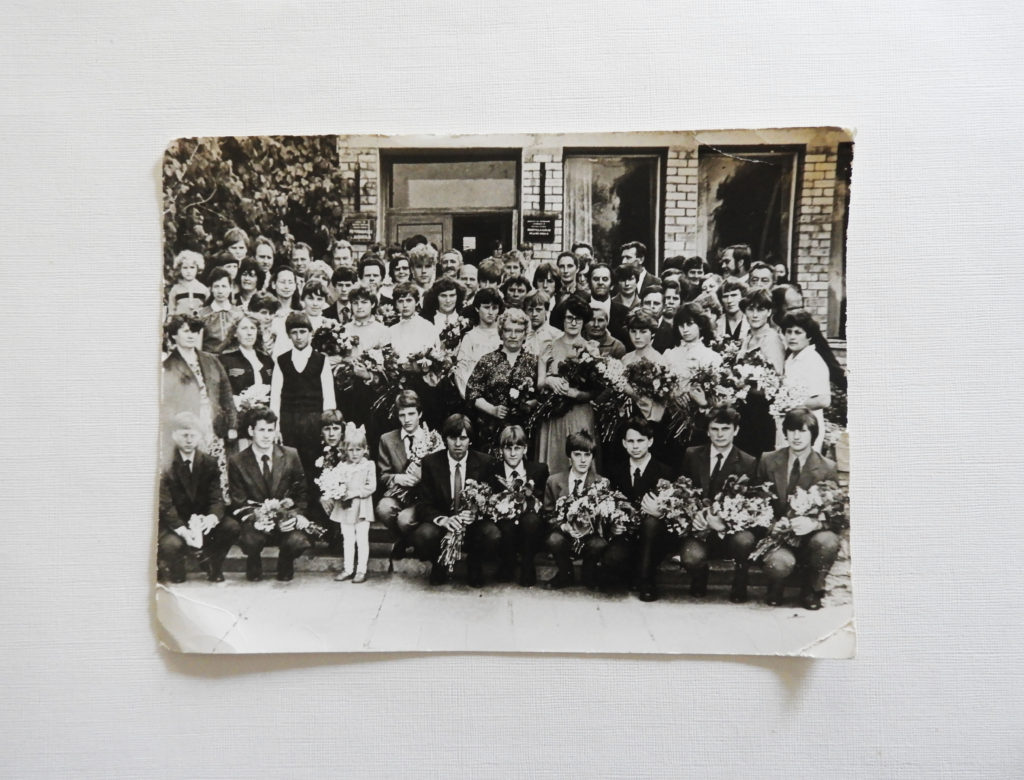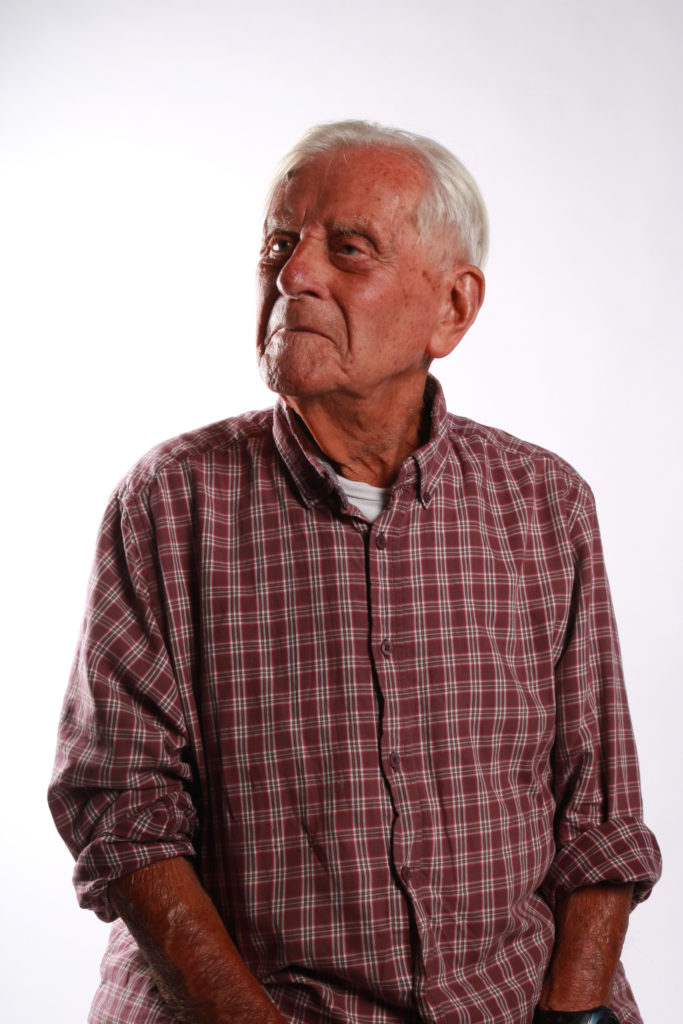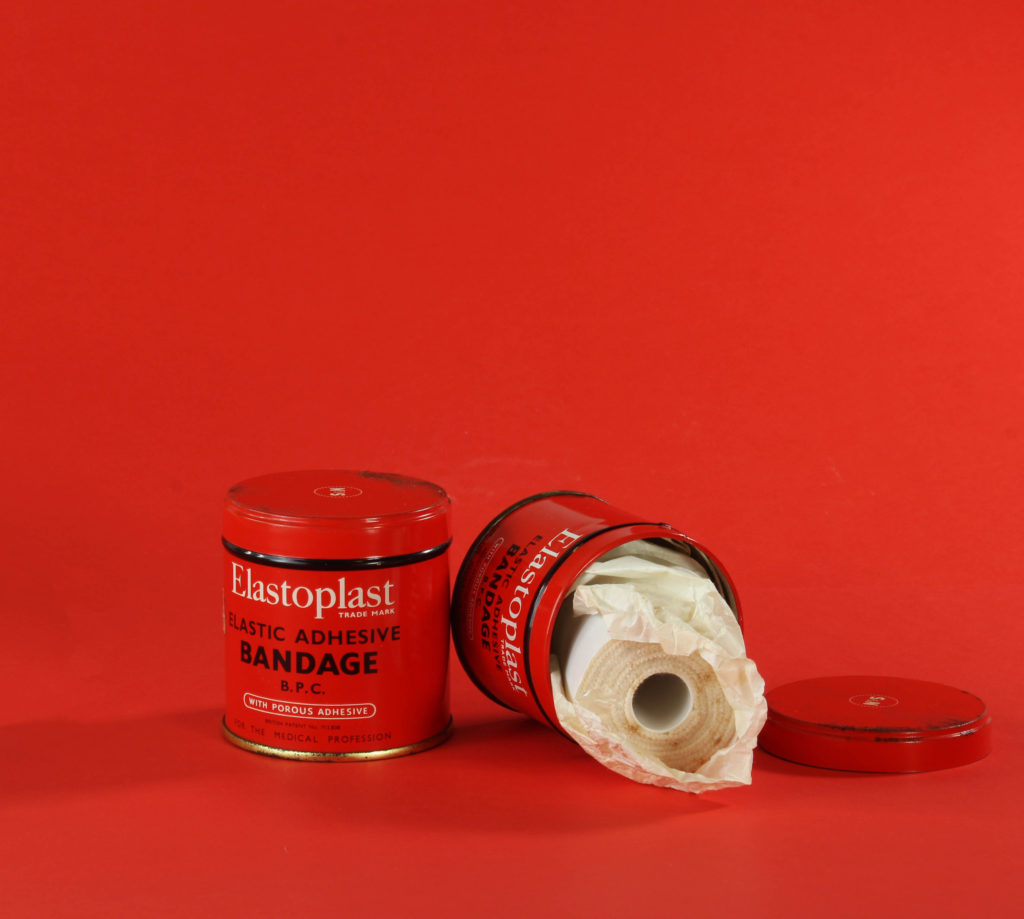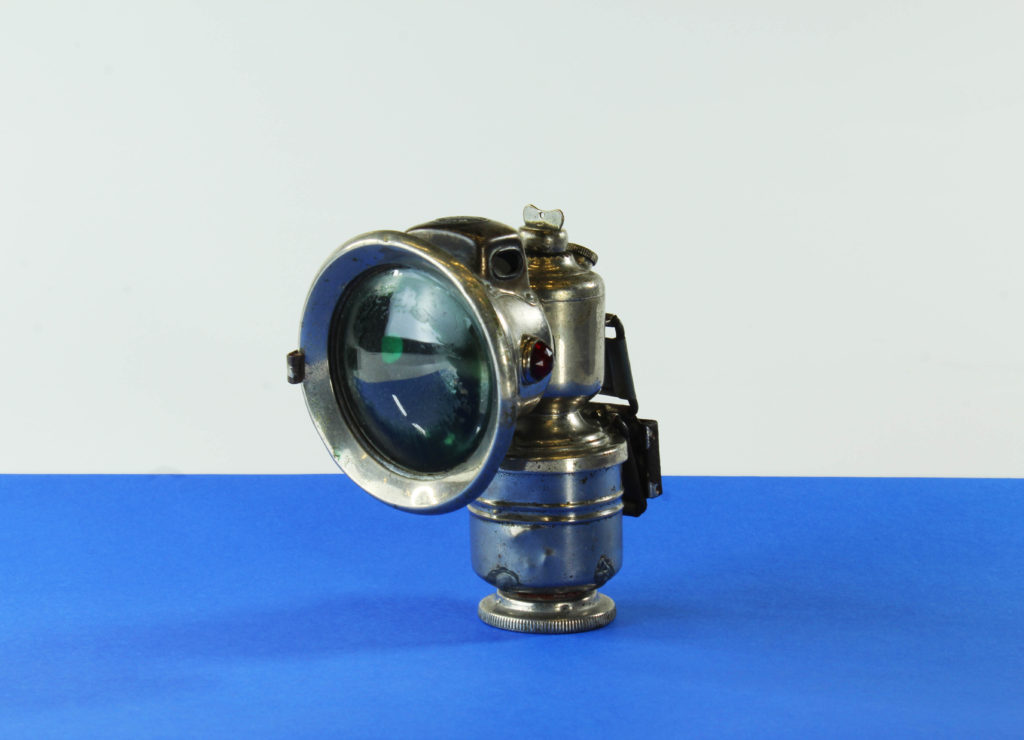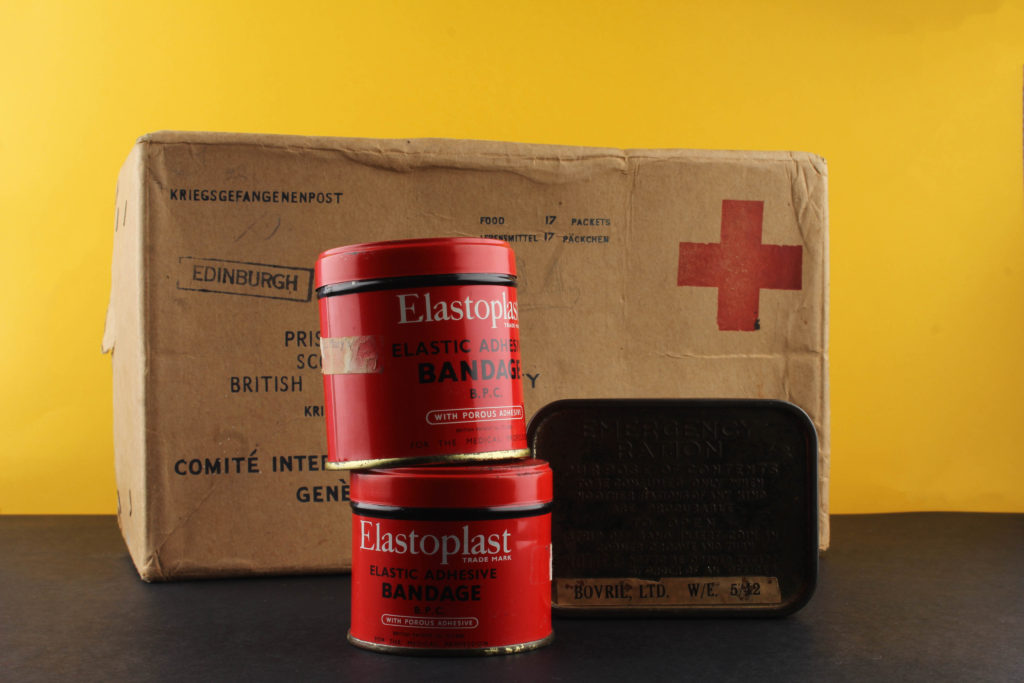We started of the OCCUPATION vs LIBERATION with a visit to the Societe Jersiase learning about the historical importance of photo-graphical archives and they role they play within preserving memories and evidence of the Jersey occupation. We were able to do our own research too by looking through the abundance of photo albums which are kept in the archives. The overall experience at the archives was very informative yet interesting at the same time, we started of with a small introduction to the archives and what they were all about, giving a brief history and the intended purpose of them. We then proceeded to do various activities relating to the occupation and the archives, we were able to choose a variety of images for out own personal use which can be seen down below. The sheer size of the archives is huge and is a very useful resource for students and the public alike who want to explore more about the occupation and want to see a photographic resources.
In terms of starting my OCCUPATION vs LIBERATION project I started by looking back at my own personal history and family archives which I squired during a trip back to my home country Latvia. This was extremely interesting to me as I was not only able to reflect back on my own family heritage but gain more general knowledge abut WW2 and the Jersey occupation. During this project I also learnt about an abundance of other photographers which correlate to the theme of occupation vs liberation very well. For example the first photographer which we looked at, Michelle Sank, in one of her photo series looks at the life of her teenage daughter, documenting the differences in lifestyle which she observes between the youth and adult population of the country. This allowed me to gain more insight about contextual information about Sank and allowed me to explore other photography styles in the ‘Home Sweet Home’ unit as she has a very particular and consistent manner in which she shoots her models and photographs, making very direct and obvious eye contact with the camera.
We also invested a considerable time into hearing the story of Bob Le Sueur. A 99 year old an who lived through the occupation in his teen years. We we were able to hear about the real life stories of a regular man living through some of the toughest times of the last millennia. The hardships. the struggle and adversity which he faced. During Bob’s time at Hautlieu, we were able to capture images of him in the studio using a professional set up. Using an infinity screen, fixed camera lens, flash trigger and soft box lights. All of these elements coming together to create refined and professional imagery which showcased the aging process of Bob beautifully. With his textured skin, abundant wrinkles and age spots. I was able to learn more about professional studio set ups and the correct manual set ups for the camera when using a flash trigger to illuminate the image.
We then went on to looking more closely at still life imagery. researching a variety of artists and learning about the classical art style. I was able to get a gain a deeper understanding about the variety of symbolism which are portrayed through still life, and how it all ties together to encompass traditional and modem techniques of photography. Overall this was my favorite section of work as this was a topic I have been interested personally for quite a while as I am very interested in other art mediums other than photography. Even though it is seems to be a purely aesthetic art from, the symbolism which is conveyed through each object within the paintings has it’s own unique meaning. For example the depiction of a skull could represent several things,perhaps the most obvious option and universal is death. This positioning of the skull can alter how the painting is read; for example if the skull is displayed in the foreground of the painting it could be read as warning. Also musical instruments, these items were considered to be extremely luxurious, therefore if an instrument in excellent condition (such as a flute) was depicted, it would be read a symbol of wealth – this would certainly be more prevalent in more historical 18th century still life art. On the other hand, a damaged or old musical instrument could represent loss of wealth or be representative of a family heirloom. Through the inspiration of the classical still life which we looked at, I was able to create my very own photography using the techniques and symbolism which I learned.
In conclusion, I was able to learn a variety of skills through this focused topic. Learning about the importance of photographic archives which later inspired me to go out and conduct my own research in my family archives. Talking to my mum about these and finding out insightful information which I never even knew myself. I carried this curiosity about my family forward when exploring my current family and the dynamics of their daily lives through candid photography. Later carrying forward the theme of war, looking at the life story of Bob and the various interesting stories he had made me learn about why it is importance to remember war and cherish the people who still live on to tell the tale. Lastly looking at still life and learning about very important technical skills which we were able to use when photographing in the studio and use items which carried deep symbolic meaning.

